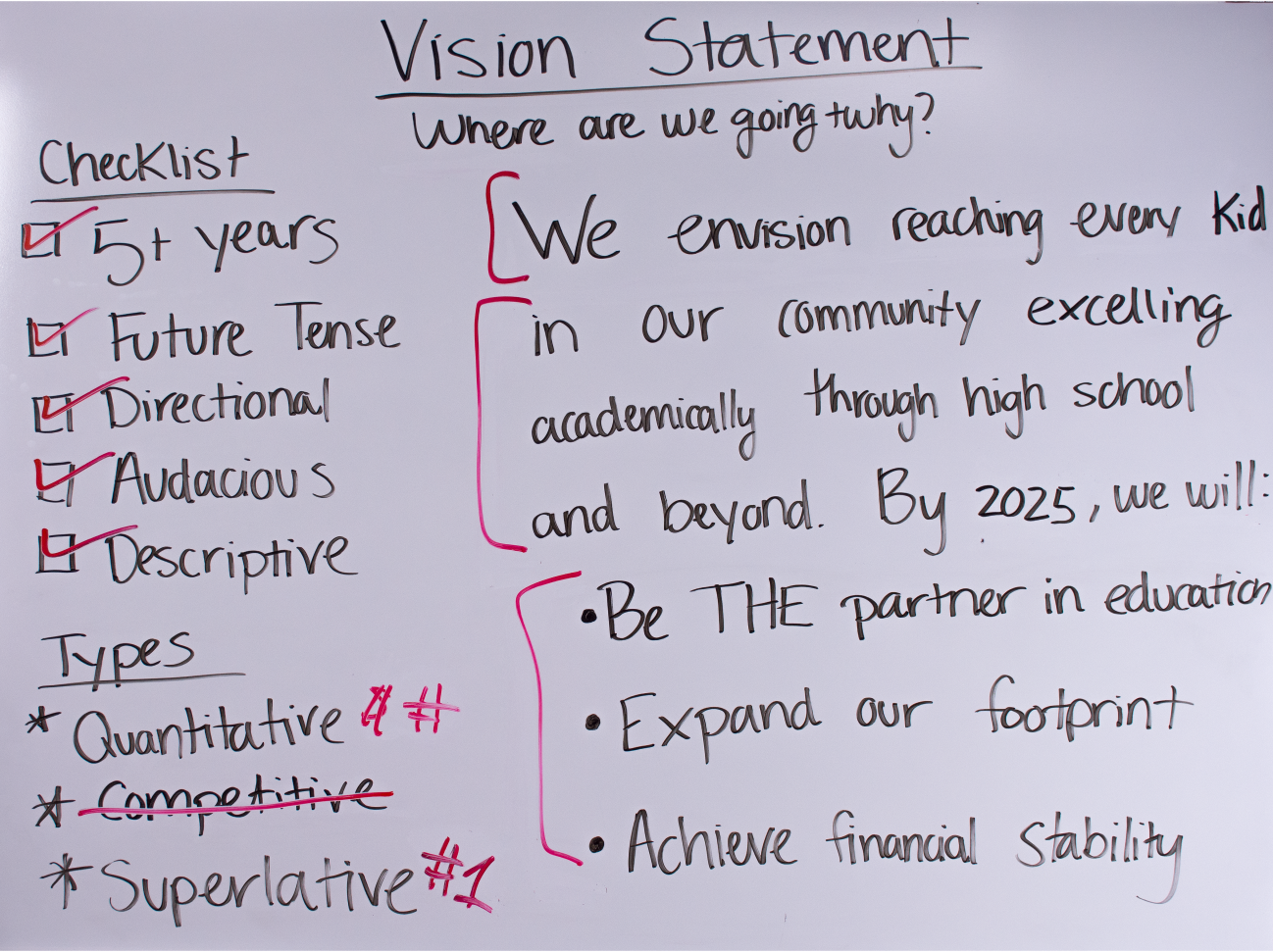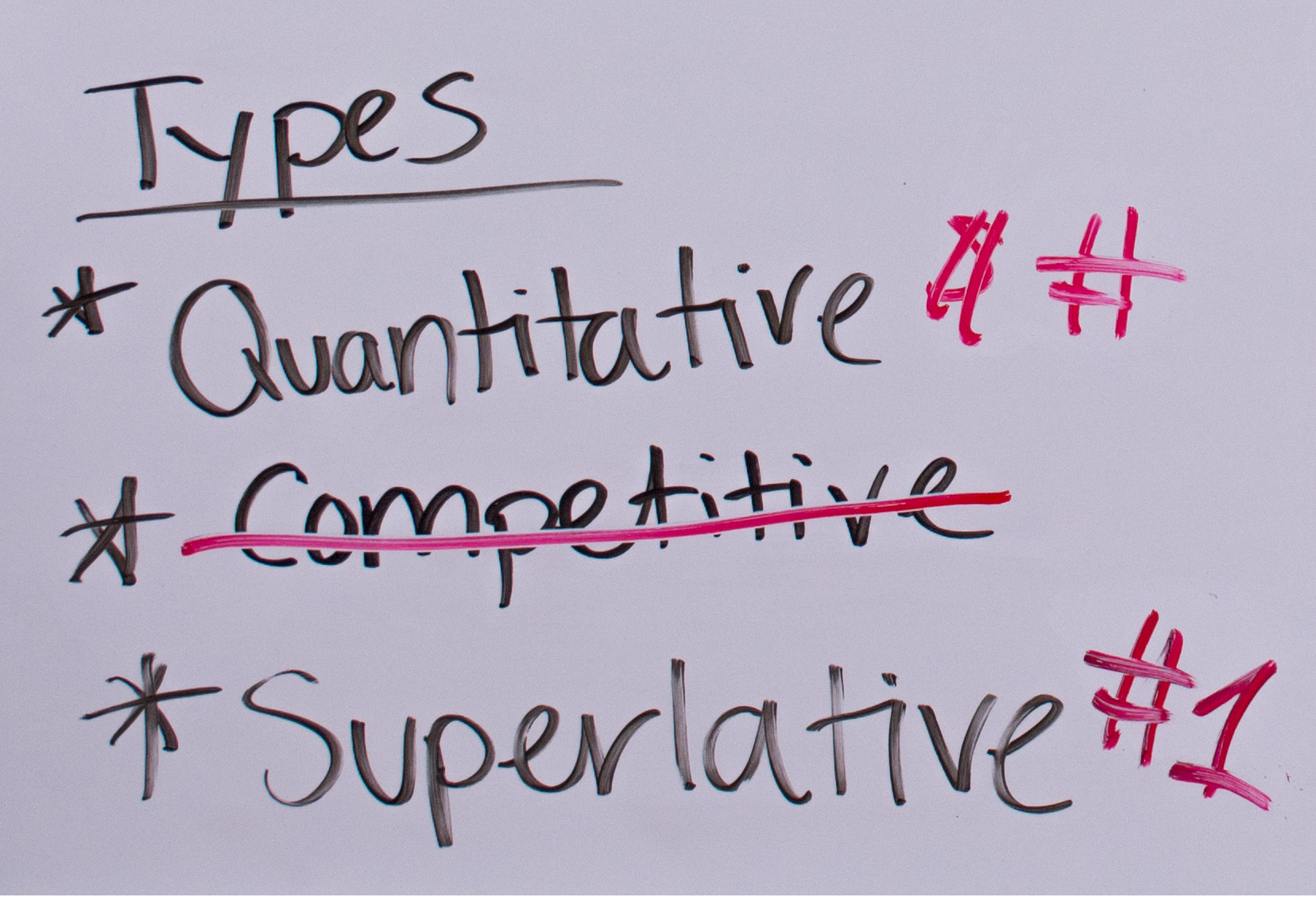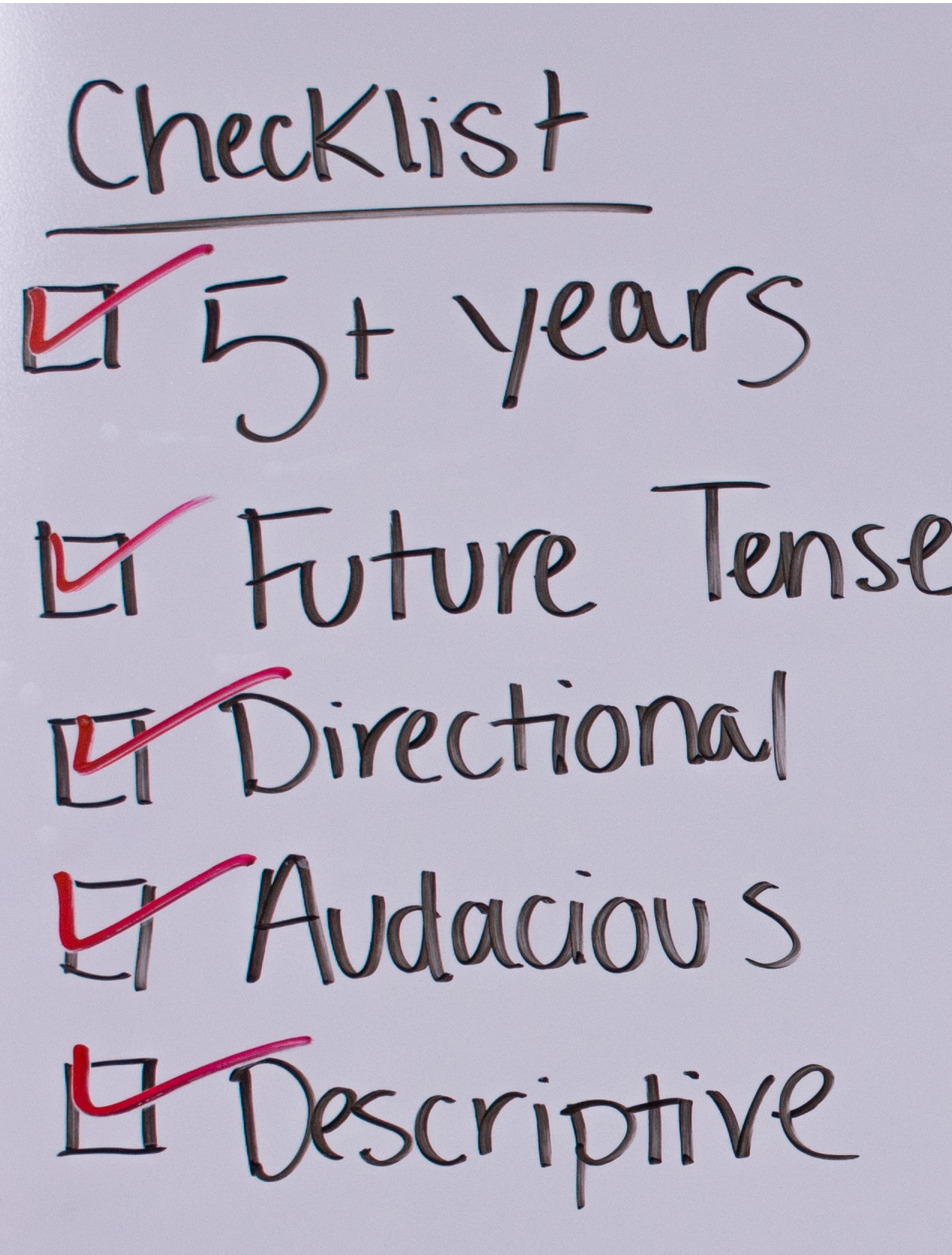Erica Olsen, Co-Founder and COO of OnStrategy, explains how to write a vision statement that inspires. A vision statement explains where your organization is headed and acts like a north star guiding everyone to the same place.
For more resources on building your strategic plan, view our Essentials Guide to Strategic Planning.
Video Transcript
Hi. My name’s Erica Olsen. Welcome to today’s whiteboard session on how to write a vision statement. Vision statements are a critical component to any great strategic plan because strategic plans are about creating a different future. That future is articulated in your vision statement. It needs to be succinct and clear and understandable but it needs to paint a picture for where you’re going and why. And that’s your critical word to remember, is "where."

We often get mission and vision confused, so the way that you keep them distinct is by making sure that your vision statement articulates, "where?". Where are we going? What does success look like in the future? Let’s talk about the different types of vision statements, a checklist to make sure yours is great, and then we’ll break down how it comes together and wrap it up with a quick "how to do it for yourself."

So, there are three different flavors of vision statements. The first is quantitative. So a revenue number, maybe, or maybe a number of things. In this case, "every kid," that’s an expression of a quantitative vision statement.
Competitive is about sounding like beating your competition or better than your competition. I don’t see these very often, so I wouldn’t use that.
The third one is superlative like "premier," "number one," "the best". These are also super common.

Here’s the checks checklist to make sure your vision statement truly is a vision statement.
- Vision statements are at least five years in nature or longer. Five years is a really good guide in this case, "by 2025."
- Vision statements are future tense. Make sure to say, "where." I love "we envision," that’s super future-looking. And then, of course, have the word "will".
- It’s directional. Again, we’re not there today.
- Audacious. Visions are big and broad with high reaching thoughts.
- And descriptive. "Academically through high school and beyond," it starts to paint a picture. We expanded it by adding some more descriptors here about how the world will look different.
Remember, your vision statement is your North star, and we want to be able to see that North star. Create a clear picture. So let’s break this down a little bit further so you can put yours together.
"We envision." I like to start vision statements like that because it gets us in the right frame of mind. You might get rid of it later but it’s a good place to start, the impact that we’re making in the world. What is different? Be clear that you spell that out. And then what the world looks like. You may not always include these in all your vision statement prints, if you will, but it’s nice to describe it and not be constrained by something tight and synthesized. The tip on these is I like to use these as a starting place to develop strategic objectives. It’s a great way to tie everything together.
So how do you create one? Well, you might already have an idea for your vision, in which case get after it. Write it down. If you don’t, Google "cover story vision”. It will give you awesome instructions on pulling your team together and getting the creative juices going.
My last tip is leaders focus on the future. You can’t lead if you don’t have a vision, so hopefully, this helps you put yours together. That’s all we have for today. Thanks for tuning in. Happy strategizing.
For a deep dive on Vision Statements, check out our post on all things vision.













Succinct, actionable info – well done!
perfect design on mystrategicplan.com thanks best regards!